How to Score in Padel Americano: The Complete Guide
If you’re already familiar with regular padel, you might think you’ve got scoring all figured out. Well, think again. Padel Americano takes the classic game we all love and adds its own twist. It’s still the same high-energy, fun sport, but the scoring? That’s where it gets interesting.
Let’s break down exactly how you score in a padel americano tournament so that the next time you hit the court, you’ll be the one explaining the rules (and hopefully winning).
How Does Scoring Work in Padel Americano?
Here’s the quick answer: In padel americano, every match is shorter than a standard game, often timed (think around 20 minutes or so). You partner up with a different player for each round, and every point counts toward your individual score. In the end, the player with the most points is the winner.
That’s it in a nutshell, but like anything in life (and padel), the details matter. So let’s dive deeper.
Scoring in Padel Americano: The Breakdown
First, let’s talk format. Padel Americano is all about variety. You won’t be stuck with the same partner throughout the tournament. Instead, you’ll be paired with a new player every round. The goal is to make the game more social and mix things up, keeping everyone on their toes. But with that constant rotation, how does scoring actually work?
Each player’s individual score is what counts. Unlike regular padel, where your score depends on your team, padel americano tracks individual points. After each round, you collect points based on how many games you’ve won with your partner. The more rounds you play and win, the better your overall score. It’s not just about being the best player – it’s about adapting to different partners and play styles.
What’s a “Round” in Padel Americano?
In padel americano, a round is a mini-match, typically played for a set amount of time. Most tournaments stick to around 20 minutes per round, but that can vary. Instead of playing to a certain number of games or points like in regular padel, you just play for the time allocated. When the buzzer sounds, that’s it—game over, and it’s time to move on to the next pairing.
So, how does this impact the scoring? Simple: each game you win during that time period adds to your score. So, if you and your partner win three games before the timer runs out, you both get three points.
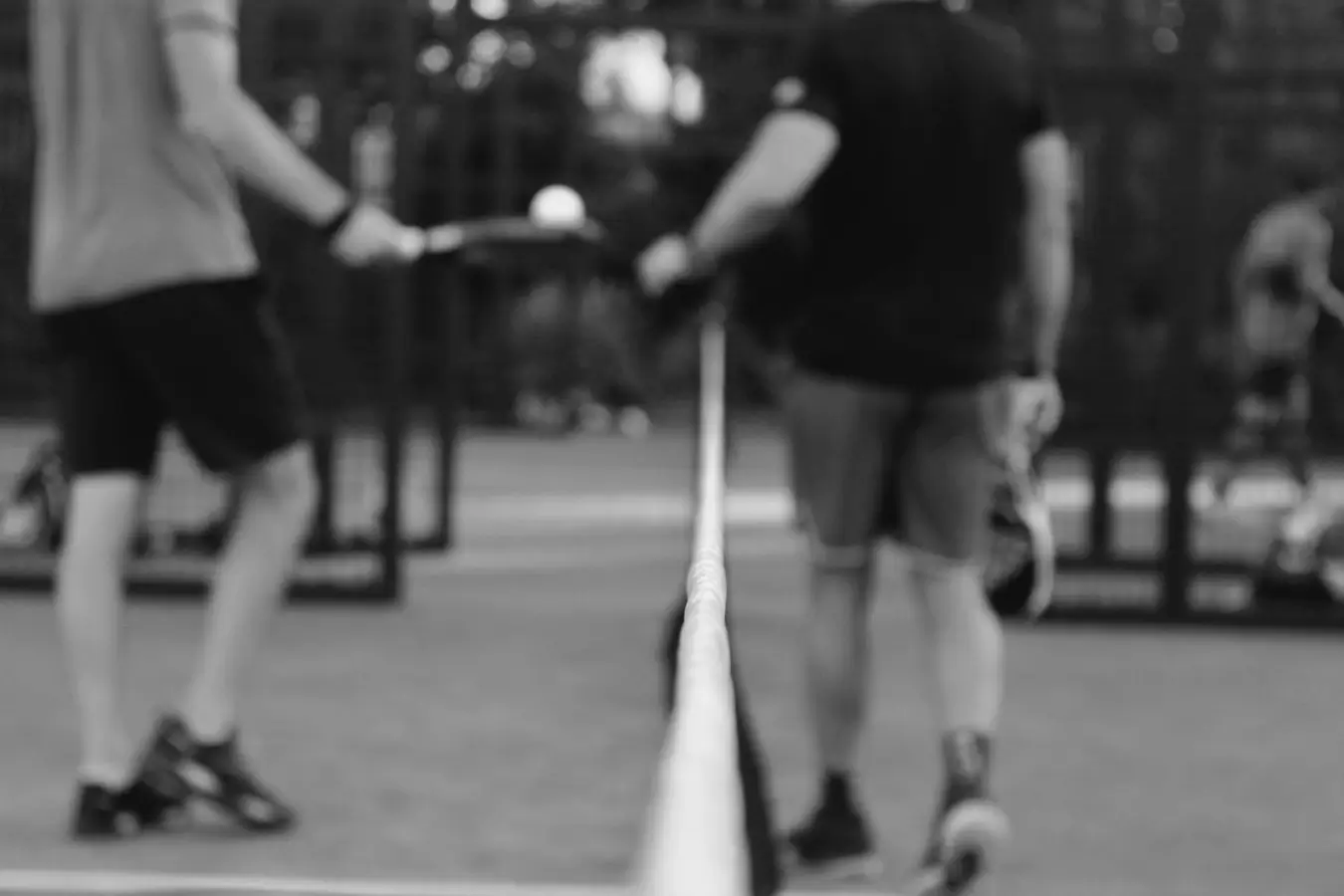
What Happens When There’s a Tie?
Let’s say the round ends, and it’s 2-2. Does that mean both you and your opponents get the same points? Nope. Typically, when the game ends in a tie, each player gets half the points for the games won. So in a 2-2 draw, everyone gets two points each. No extra pressure if you’re tied at the end—just split the difference and move on to the next round.
Why Time-Based Scoring?
One of the key reasons padel americano uses a timed format is to keep things moving. Unlike a traditional padel match that can drag on if one team dominates, americano tournaments are about getting as many players involved as possible. The timed rounds ensure everyone gets plenty of play, and no one is sitting around waiting for long. It’s fast, social, and keeps things competitive without being overly serious.
Why Points Matter More Than Partners
Here’s the tricky bit: because your score is based on individual performance, you’re only as strong as your weakest partner. That means while winning games is important, it’s equally crucial to adapt to whoever you’re paired with. A strong player in one round might turn out to be a weaker one in the next, so flexibility is key. You can’t just rely on your skill—padel americano rewards players who can gel with different teammates.
The Importance of Adaptability
In a standard padel game, you and your partner might have spent hours building up a good understanding of each other’s strengths and weaknesses. In padel americano? You don’t have that luxury. Every round throws something new at you, and you need to adapt fast.
It’s not just about scoring points but doing so while constantly adjusting to new playing styles. One round you might be playing with a strong defender, the next, a more aggressive player who likes to control the net. The key to success in americano isn’t just skill—it’s adaptability.
The Tactics Behind Scoring in Padel Americano
So, how do you ensure you come out on top in this ever-shifting tournament format? The answer lies in tactics. Since every game counts, even small wins can have a big impact on your score. Here are a few quick tips (not a list, don’t worry) to keep in mind:
- Focus on consistency. You don’t need to dominate every round. Even winning a game or two will add to your score, so focus on keeping things steady.
- Communication is king. Sure, you’ll have a new partner each round, but that doesn’t mean you can’t work together. Quick, clear communication can make all the difference in racking up points.
- Keep it simple. Don’t overcomplicate things with a new partner. Stick to the basics—get the ball in play, focus on positioning, and let the points come.
What About Scoring in Other Variations of Americano?
Padel americano itself comes in different flavors, depending on the tournament or club you’re playing at. For example, some tournaments use a “fixed” americano format, where teams stay the same, but scoring is still based on individual performance.
Other variations, like Mixed Americano, pair men and women together, often alternating partners every round. While the general scoring system remains the same (individual points), mixed americano tournaments sometimes introduce bonuses for mixed-gender teams, adding another layer of strategy.
Do You Lose Points in Padel Americano?
Nope! One of the great things about the americano format is that you never lose points, no matter how badly a round goes. So even if you get wiped out in a match, you’re still in the running for the next round. This makes the format accessible to players of all skill levels—there’s always the chance to make up points in the next round.
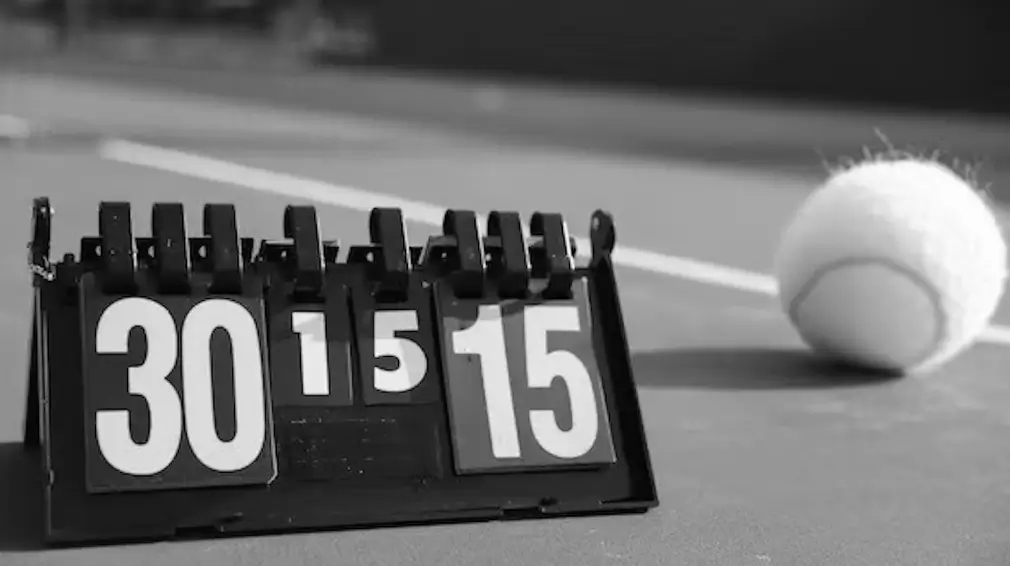
Why Understanding Scoring is Key to Winning
So, there you have it: scoring in padel americano is simple but effective. Every game you win adds to your total, and while your partners will change, your goal stays the same—rack up as many points as possible. The beauty of this format lies in its unpredictability. You’re constantly paired with different players, and it’s your ability to adapt, communicate, and adjust to the tempo that will determine your success.
By understanding the ins and outs of how scoring works, you’re not just better prepared for the game—you’re set up to dominate. So, grab your racquet, get out on the court, and start collecting those points. Americano tournaments are fast-paced and fun, and now that you’ve got the scoring down, you’re one step ahead of the competition.
Frequently Asked Questions About Padel Americano Scoring
How long is a round in padel americano?
A round typically lasts around 20 minutes, but this can vary depending on the tournament rules.
Do I keep the same partner throughout the tournament?
No, in padel americano, your partner changes every round to keep the game social and varied.
How are points scored?
Points are awarded based on how many games you win in each round. The more games you win, the higher your score.
Can I lose points?
No, you can never lose points in padel americano, even if you don’t win any games in a round.
Is there a fixed number of rounds?
The number of rounds depends on the tournament, but it’s usually enough to ensure everyone plays with and against a variety of players.
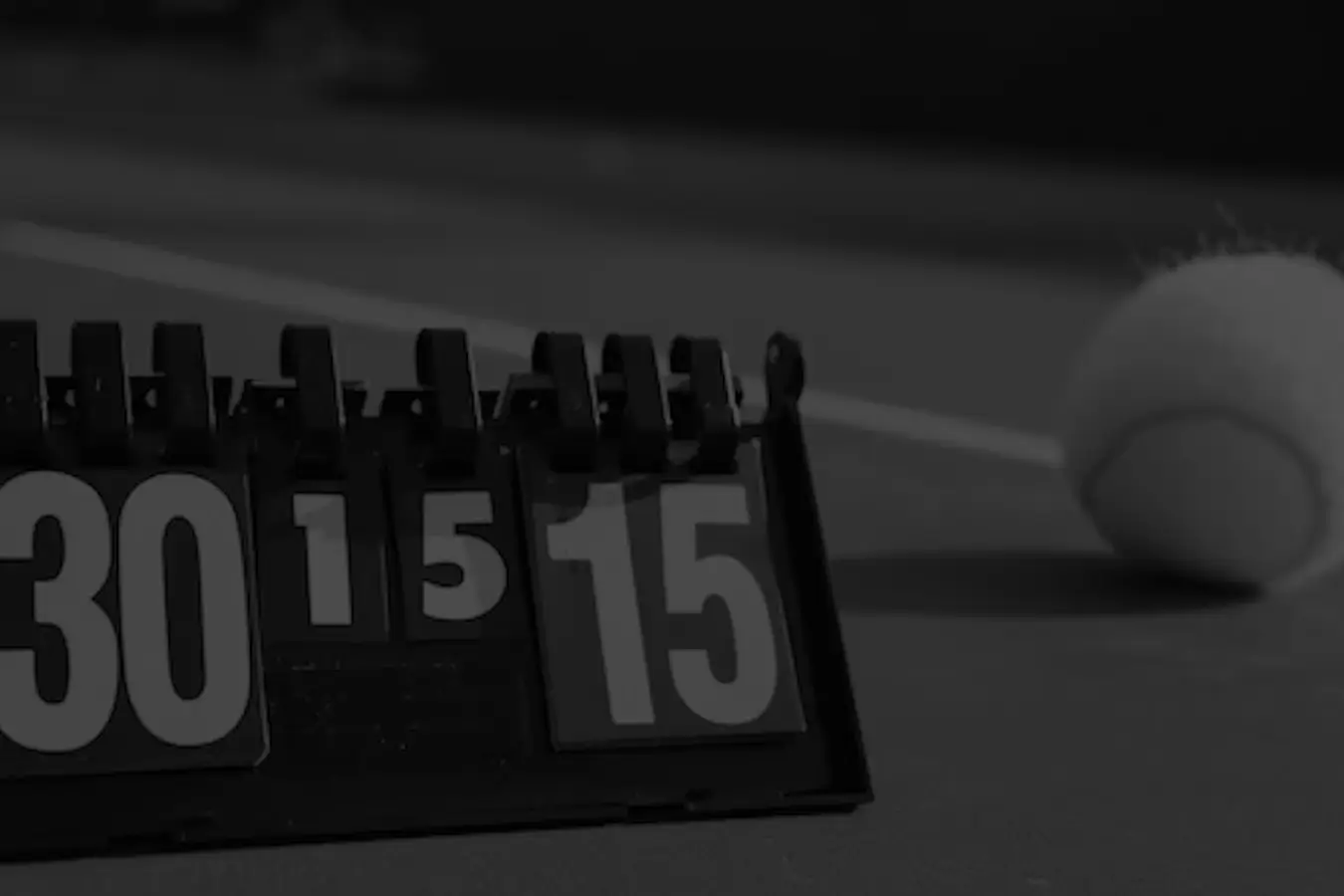

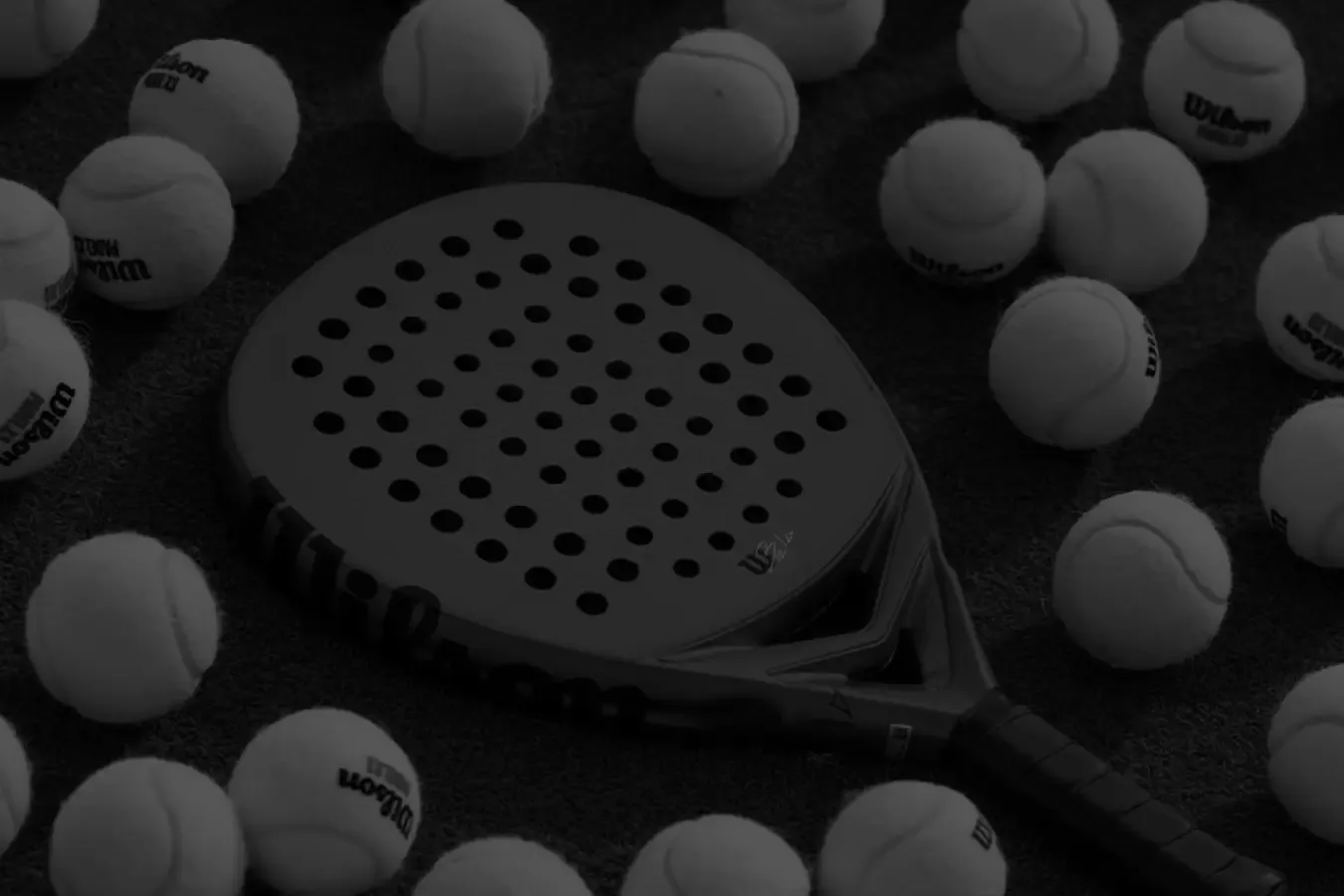



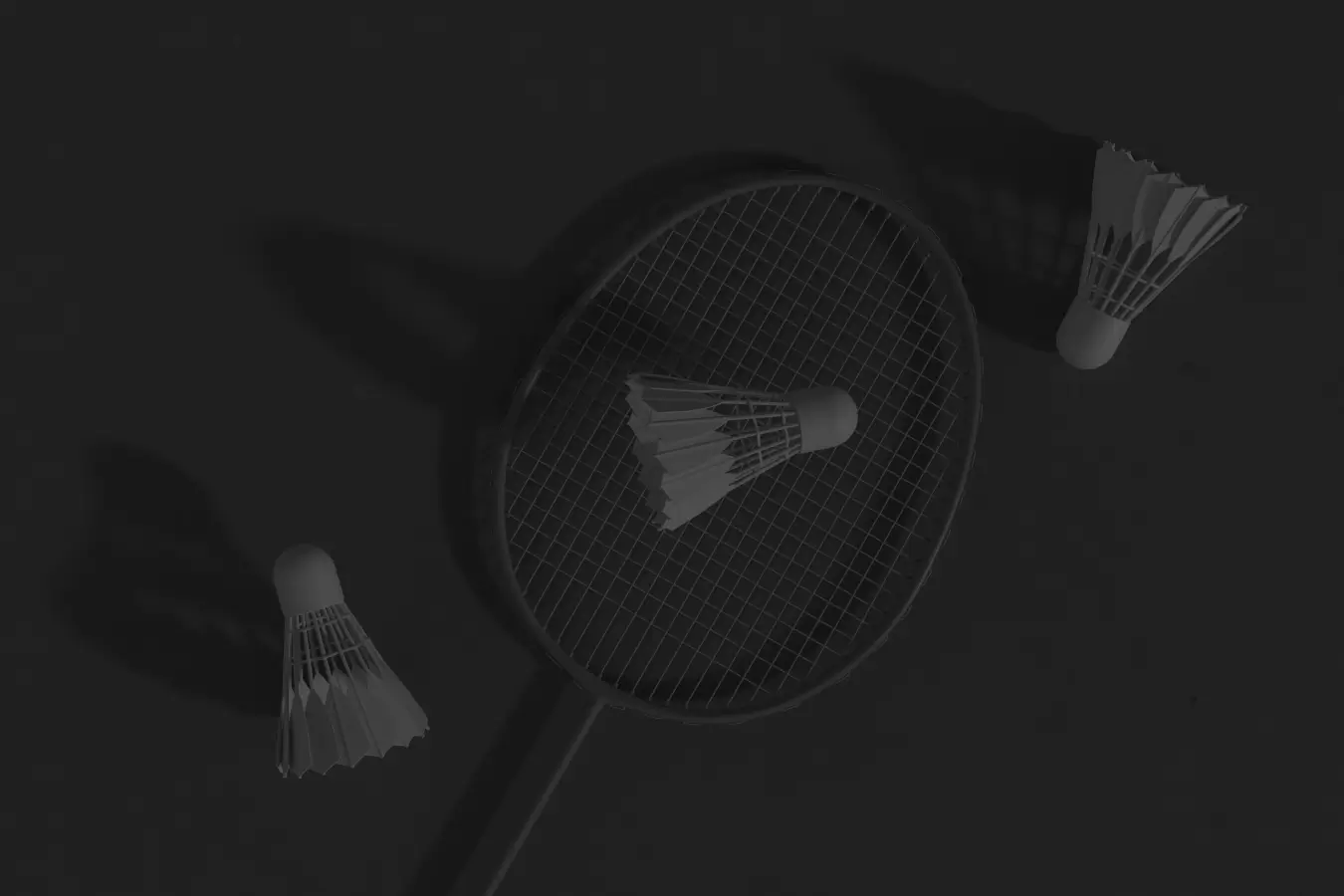
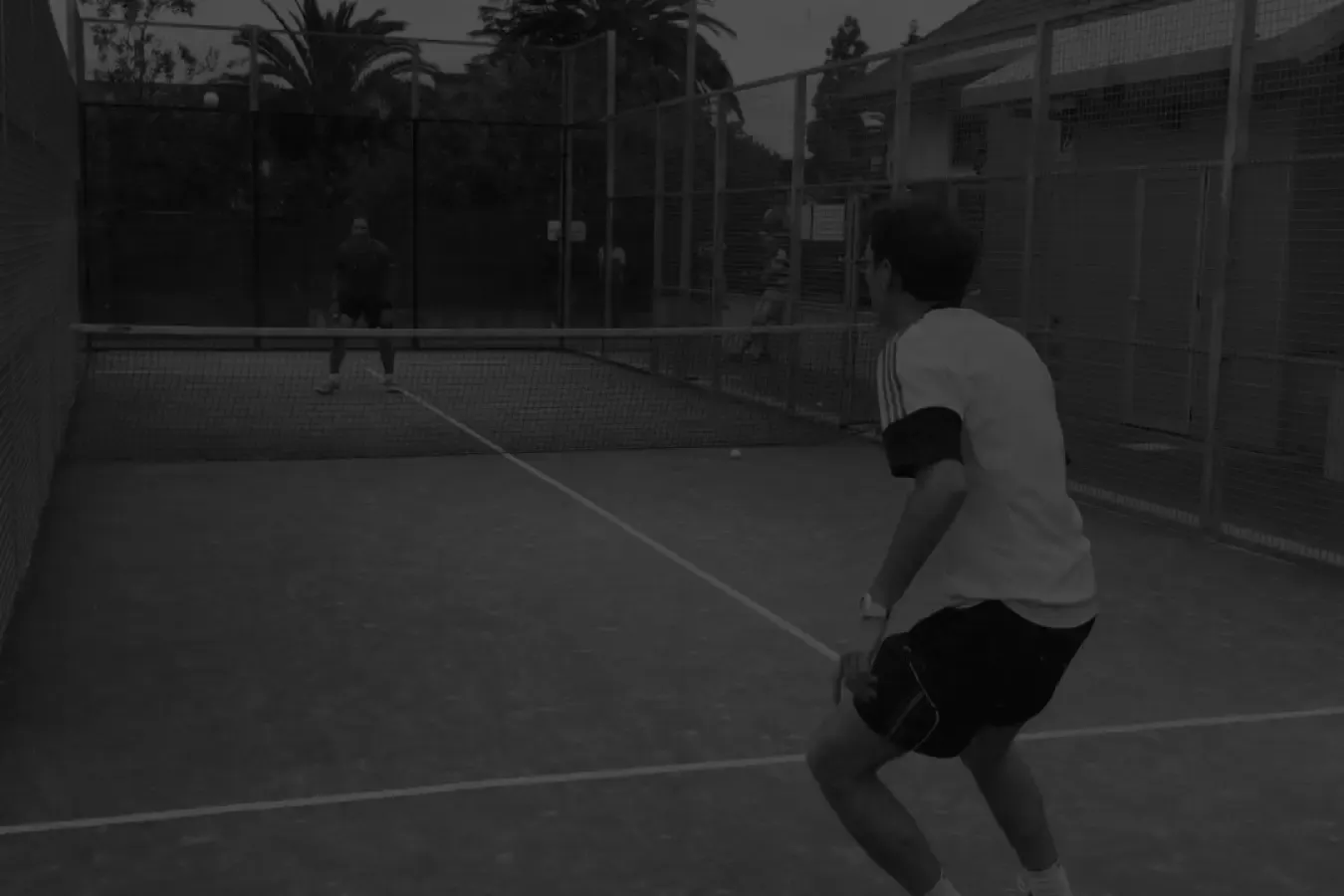




Discussion